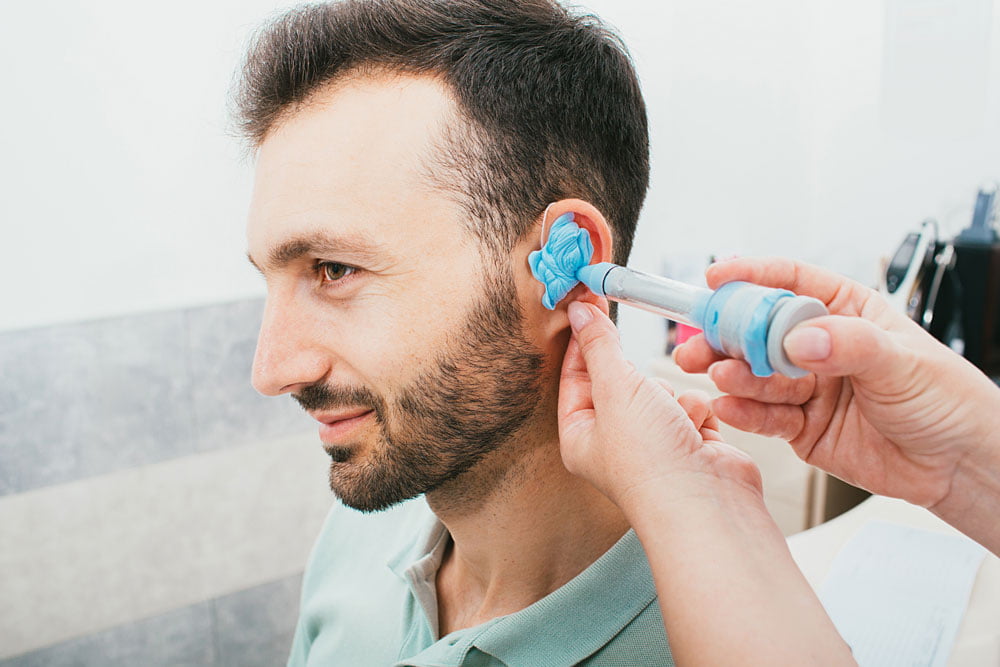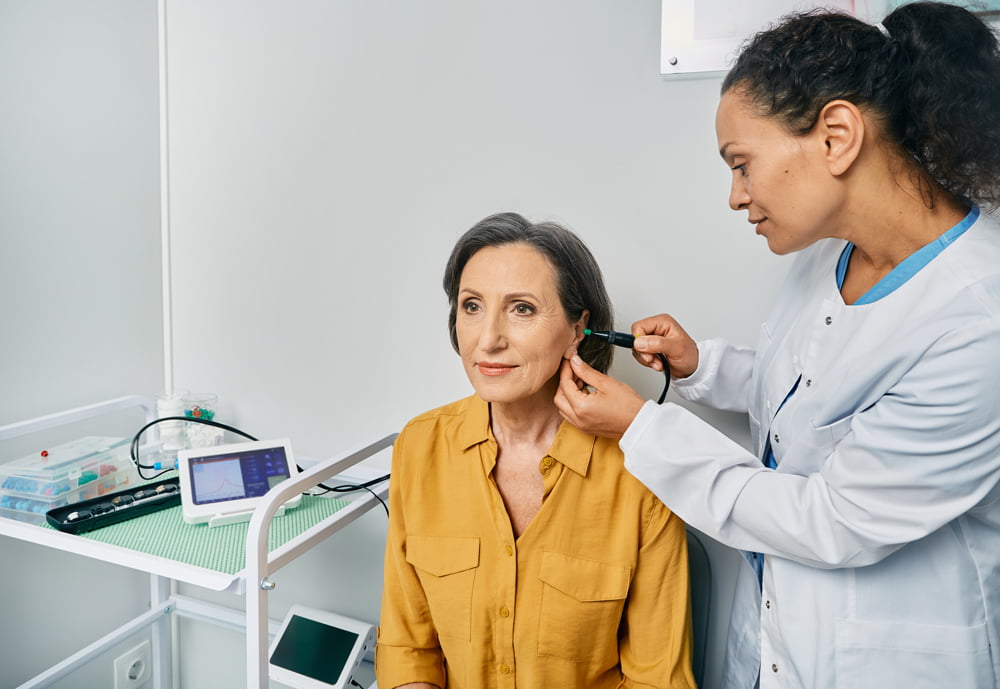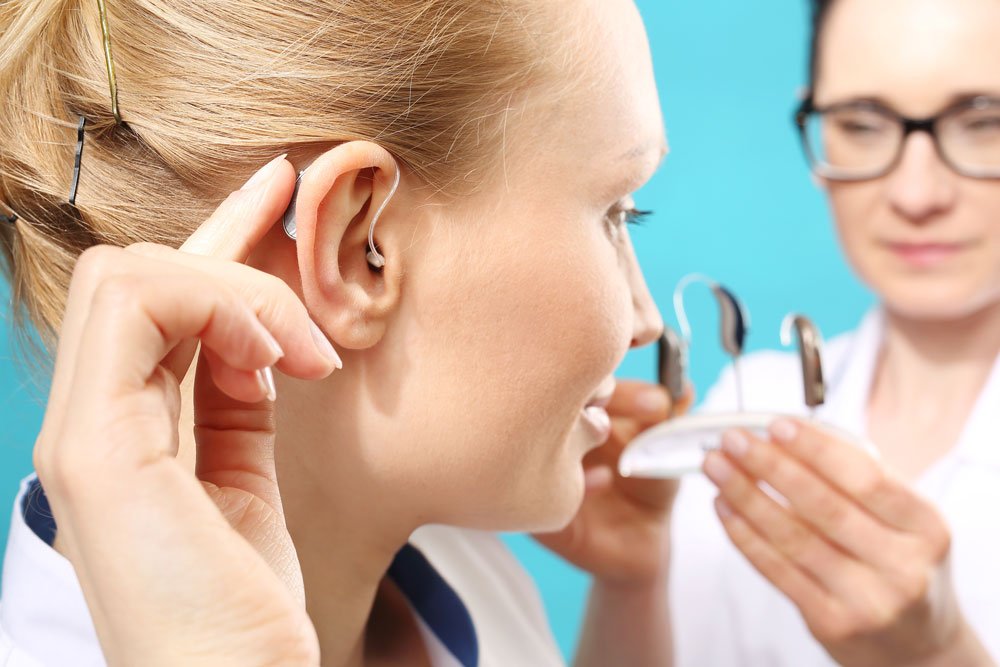Hearing loss can be a frustrating and isolating experience, but hearing aids can help. However, getting fitted for a hearing aid can feel overwhelming, especially if you’ve never done it before. Fortunately, a qualified hearing care provider can guide you through the fitting process and help you find the hearing aid that’s right for you.
In this blog post, we’ll walk you through the steps involved in getting fitted for a hearing aid, from the initial consultation to follow-up appointments.
The Initial Consultation
The first step in getting fitted for a hearing aid is to schedule an initial consultation with a hearing care provider. This appointment is typically longer than follow-up appointments and provides an opportunity for the provider to gather important information about the patient’s hearing needs, lifestyle, and budget.
During the initial consultation, the hearing care provider will ask a series of questions to get to know the patient better. These questions may include:
- How long have you been experiencing hearing loss symptoms?
- Have you noticed any changes in your hearing over time?
- What types of environments do you spend time in (e.g., noisy restaurants, quiet libraries)?
- Do you have any specific hearing needs or goals (e.g., being able to hear better on the phone)?
- What is your budget for a hearing aid?
Based on the patient’s answers, the hearing care provider will recommend the best type of hearing aid for their needs. They may also discuss the different styles of hearing aids that are available, such as behind-the-ear (BTE) or in-the-ear (ITE) models, and explain the benefits and drawbacks of each.

The initial consultation is an important opportunity for the patient to ask questions and voice any concerns they may have about the fitting process or hearing aids in general. By taking the time to get to know the patient and their unique needs, the hearing care provider can ensure that the fitting process is tailored to the individual and that the patient ends up with a hearing aid that works for them.
The Fitting Process
Once the patient and hearing care provider have decided on the best hearing aid for the patient’s needs, the fitting process can begin. This typically involves several steps, including taking impressions of the patient’s ears, programming the hearing aid, and adjusting the settings to ensure optimal performance.
First, the hearing care provider will take impressions of the patient’s ears to ensure a proper fit. This involves placing a soft, silicone material into the ear canal to create a mould. The mould is then sent to the manufacturer, who creates a custom hearing aid shell that fits the patient’s ear perfectly.

Alternatively, if the chosen hearing aid uses a dome instead of a custom-made mould, the provider will select a dome size that best fits the patient’s ear canal.
Once this has been completed, the provider will program the hearing aid to suit the patient’s unique hearing needs. This may involve adjusting not only the volume and frequency settings, but also activating any special features or programs. These are what the patient may need, such as noise reduction or directional microphones.
The provider will then test the hearing aid to ensure that it is working properly and that the patient can hear comfortably. They may use a real ear measurement system to measure sound levels in the ear and adjust as needed.
Finally, the provider will show the patient how to use and care for their new hearing aid. They may provide tips on how to insert and remove the hearing aid, change the batteries, and clean the device properly.
The fitting process can take several hours, depending on the complexity of the hearing aid and the patient’s needs. However, it ensures the patient gets a well-fitted hearing aid that enhances their quality of life.
Follow-Up Appointments
After the initial fitting, a follow-up appointment ensures progress and any needed adjustments. This follow-up appointment is an important step in ensuring that the patient continues to receive the best possible hearing care.
During the follow-up appointment, the hearing care provider will ask the patient about their experience with their new hearing aid. They may ask questions such as:
- Are you hearing better in different environments?
- Do you find the hearing aid comfortable to wear?
- Are you experiencing any feedback or whistling sounds?
Based on the patient’s feedback, the provider will make any necessary adjustments to the hearing aid settings. They may also conduct additional testing to ensure that the hearing aid is working optimally.

The provider may also offer additional counselling and education to the patient during the follow-up appointment. They may give tips on how to manage different listening environments, such as noisy restaurants or crowded public transportation. They may also discuss any new technology or accessories that can enhance the patient’s hearing experience.
Follow-up appointments are an important part of the hearing aid fitting process. They allow the hearing care provider to monitor the patient’s progress and make any necessary adjustments to ensure optimal performance. Staying in touch with their hearing care provider and attending regular follow-up appointments, ensures patient’s hearing aids continue to work well for them and improve their quality of life.
Tips for a Successful Hearing Aid Fitting
Getting a hearing aid can be a life-changing experience, but it’s important to approach the fitting process with the right mindset and preparation. Here are some tips to help ensure a successful hearing aid fitting:
- Be prepared to communicate: During the initial consultation and fitting, be prepared to communicate your hearing needs and preferences to your hearing care provider. This can help ensure that you receive a hearing aid that works well for you.
- Bring a friend or family member: Bringing a friend or family member to your appointment can provide emotional support and help you remember important details and instructions.
- Ask questions: Don’t be afraid to ask questions about the hearing aid and the fitting process. Your hearing care provider is there to help you and can provide valuable information and advice.
- Be patient: The fitting process can take several hours, and it may take some time to get used to wearing a hearing aid. Be patient and trust the process.
- Follow-up regularly: Attend regular follow-up appointments with your hearing care provider to ensure that your hearing aid is working optimally and to make any necessary adjustments.
- Take care of your hearing aid: Proper care and maintenance of your hearing aid can help ensure its longevity and performance. Follow your provider’s instructions on cleaning and caring for your device.
By following these tips, you can help ensure a successful hearing aid fitting and get the most out of your new device.

Conclusion
A hearing aid fitting can be a crucial step in improving your hearing health and overall quality of life. Understanding the fitting process and following these tips can ensure a successful experience.
At Hear4U, our team of experienced hearing care professionals is dedicated to helping you find the right hearing aid. We make sure you meet your unique needs and preferences. We offer a range of hearing aid styles and technologies to suit different lifestyles and budgets.
If you’re experiencing hearing loss or want to learn more about hearing aids, we encourage you to book a free hearing test. You can do this with one of our friendly and knowledgeable hearing care providers. We can assess your hearing and provide personalized recommendations to help you hear your best.
Don’t let hearing loss hold you back – contact Hear4U today to schedule your free hearing test and take the first step towards better hearing health.






